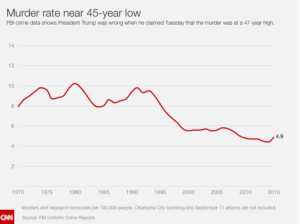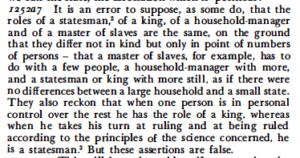Fifty years ago May, MIT’s Paul Samuelson, the grand patriarch of neo-Keynesian economics, published a piece celebrating the centennial of Karl Marx’s Das Kapital, “Marxian Economics as Economics” (AER 57:2). The piece itself is unremarkable except for one fact. Economists in the 1960s and 1970s took Marx seriously. They read him, if for no other reason than simply that half the developed world took Marx seriously and therefore he was worth reading and worth understanding — though, in fact, few did.
Karl Marx was not an economist. He poured over the writings of eighteenth and nineteenth century economists (mostly British) in painstaking detail. Samuelson himself noted:
Marx did, in his posthumous Volume II, innovate two-sector models of reproduction and growth. These are useful anticipations of work done in our day by Harrod, Domar, Leontief, Solow, Robinson, Uzawa, Pasinetti, Kaldor, Findlay, and many others. I do not honestly think that mod-ern developments were much influenced, directly or indirectly, by Marxian writings; instead they grew naturally out of a marriage of the Clark-Bickerdike accelerator and the Keynes multiplier, and out of earlier works by Von Neumann and Frank Ramsey that show no Marxian influence. But still we all might well have benefited earlier from study of the Marx tableaux (617).
Contrary to the rants of many a Marxist, Marx’s economic thinking was not only fairly standard, but, in neoclassical terms, even prefigured many of the conceptual tools credited to more mainline figures such as WS Jevons, L Walras, and A Marshall. Which is to say, Marx understood the value, but had not mastered the techniques of rigorous mathematical modeling. Were he an economist, which he wasn’t, he might be ranked among the first neoclassicals.
This week I begin a four week special series covering the writings of my mentor and dissertation advisor, University of Chicago Historian Moishe Postone. By accident, my Labor Economics course was way oversubscribed, which meant that I could not accommodate all of the students’ presentations in the “16”-week semester; forcing me to cobble five more presentations and five more lectures — required for the 25 additional presenters, extra credit for the students who choose to attend. Postone is also not an economist. Nor, in fact, am I; though I have been teaching theory and history in the Economics Department at UC Berkeley for six years.
Nevertheless, Postone’s work invites critical reflection from economists because he seats economic theory — Marx’s theory in particular — not, as many historians are inclined, in intellectual history, but, rather, in the social formations where social actors in fact are shaped and shape one another and there worlds through economic exchange. For Postone capitalism is not an illusion or “form of appearance,” which, once penetrated, reveals a deeper truth beneath the surface. Postone invites us, instead, to entertain the adequacy of concept and social form; because, as Marx himself put it: “The categories of bourgeois economics . . . are socially valid, and therefore objective, for the relationships of production belonging to this historically determined mode of social production, i.e., commodity production” (Capital I.1.4). Just as there is no secret Marxist handshake, code word, or sign, so there is no secret Marxist economics. Marx’s methodological sympathies lay with classical — perhaps even a neoclassical — economics. Where he objected was in their tendency to universalize or idealize their own social formation and the categories adequate to that formation.
Over the next four weeks I will be guiding focused discussions around M Postone’s best-known work. If you wish to join us in these discussions, please let me know: email me at joseph.lough@gmail.com and place MARX ECON 151 in the subject line. It should be an interesting discussion.



